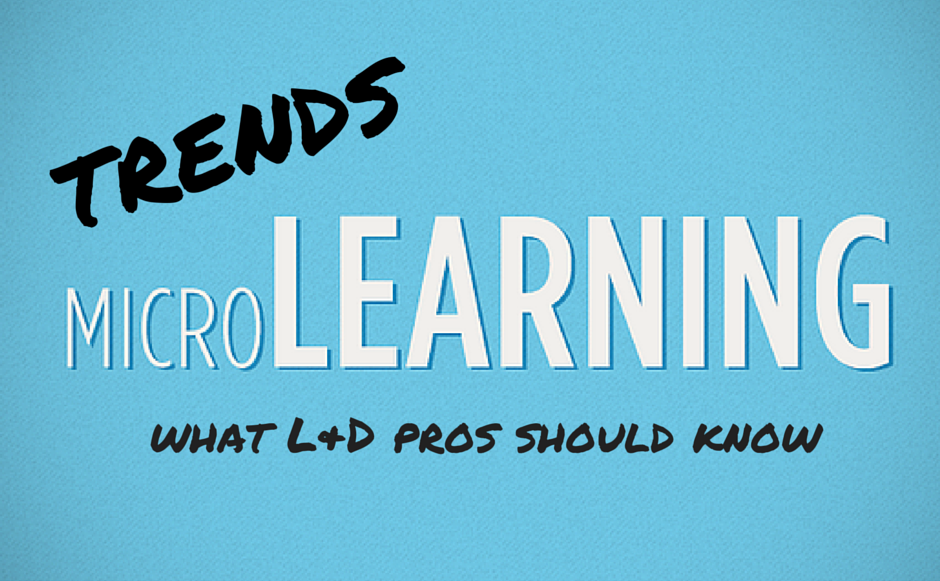Learning and development professionals have taken note of seismic shifts affecting the eLearning industry. For instance, there is the move to incorporate mobile learning wherever possible. There is also the drive to create smaller informational chunks, or microlearning, to replace some lengthier modules. However, the transition to microlearning is actually more widespread than some think, and it applies to entire courses, not just a few modules here and there. L and D
Why Go Shorter?
There several reasons to consider creating shorter courses, but perhaps the single most important one is this: engaging a learner for 10 minutes in hyper-focused, highly relevant study has better results than an hour of low-impact coursework.
(Read this eLearning.net article on the benefits of Information Chunks)
What L & D Pros Should Know L and D
Creating shorter, tighter courses requires the right preparation and groundwork. Here are some tips for getting started.
- Organization: It all begins with planning. By first developing the learning objectives for the entire course, smaller modules with based on one or of these objectives can be created. By using the overall goals as a guide, L&D professionals can create smaller goal-specific content that interlinks to form the overall course. By planning ahead, it is possible to ensure that learners are not overloaded while still covering all relevant content. L and D
- Unnecessary Wording: Let’s face it, some course content can be long-winded. That doesn’t help when attention spans are short and employees need to know “now”. By rewriting content to remove extraneous words, tighter, more succinct content is created. It’s also direct, has more impact, and offers greater meaning for the learner.
- Need to Know: L&D professionals must ensure that any content added to a course is pertinent and directly related to the objectives outlined. Do employees really need to know everything included? Verify this by ensuring that content is accurate and clearly stated and that all of it can actually be used by employees. Additionally, if the information is available elsewhere, add a note to the location (or even a hyperlink if it’s online) and remove it from the course to tighten things up even more.
- Repitition – if you’ve already said it once, there’s no need to repeat it in a different way. For example, you might have text in the course, but also include it as a video. Cut out the text and leave only the multimedia aspect.
- A Picture Is Worth a Thousand Words: There’s a lot of value to be gained by using visuals in course content. A single infographic can provide as much information for employees as several pages of text. It is also more easily digestible, as it is broken down into interrelated, contextually accurate sections. Go beyond infographics and static visuals with video or animation to provide even greater value.
- Chunk It Up: If there is one single thing that L&D professionals should take from this, it is the need to break up content into bite-sized chunks. Cut longer courses into smaller segments, and then divide those segments if needed. This allows each chunk to be used in different ways, at different times, and even on different devices.
Employees have proved that they are interested in increasing their knowledge and they are willing to do it on their own time. Chunked content can be accessed from tablets and smartphones in a more efficient way. Not only is it more convenient, but it also improves user engagement in today’s fast-paced world.
By creating shorter, tighter, more concise courses, learning and development professionals can give employees the tools they need to improve themselves. And, ultimately, that’s what eLearning is all about – improvement.
